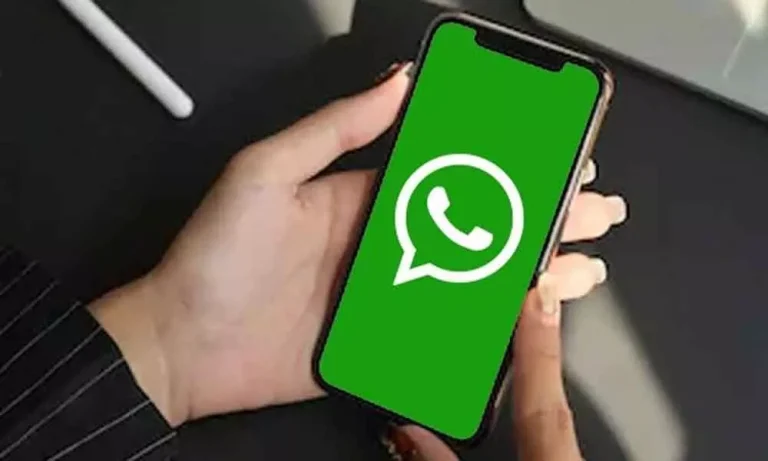How to use verbal and non-verbal communications for WhatsApp Business in the year 2025?
Learn how to use verbal and non-verbal communication effectively through WhatsApp Business API to enhance customer experience in 2025. Effective Use of Verbal & Non-Verbal Communication via WhatsApp
In today’s digital-first world, communication is the heart of customer experience, and WhatsApp Business API is one of the most powerful tools for delivering that experience instantly and personally.
Verbal and Non-Verbal Communication in WhatsApp Business API. To truly connect with customers through WhatsApp, businesses must understand how to use both verbal and nonverbal communication effectively:
- Verbal communication involves the words, language, and tone used in messages.
- Nonverbal communication includes emojis, images, formatting, quick replies, videos, and even the emotional cues that enhance the message.

🟢 Introduction: Why Communication Matters in WhatsApp Business API
Effective communication—verbal (text/language) and nonverbal (tone, visuals, emojis, media)—plays a vital role in:
- Enhancing customer experience
- Building trust
- Improving response rates
- Increasing brand loyalty
WhatsApp Business API is a powerful messaging tool, but how you communicate through it defines your customer relationship.
✅ Step-by-Step Process to Use Verbal & Nonverbal Communication
🥇 Step 1: Set the Tone with a Friendly First Impression
Verbal Communication:
- Use personalised, welcoming greetings.
- Example: “Hi [Name], welcome to [Business Name]! How can we help you today?”
Nonverbal Communication:
- Use emojis and profile branding (logo, business name, catalogue).
- Example: “Hi Priya! 😊 Welcome to FabTrends Boutique 👗.”
🥈 Step 2: Provide Clear and Useful Information
Verbal:
- Keep language simple, professional, and helpful.
- Answer queries directly.
- Example: “Your order #9876 will be delivered by June 12. You’ll receive a tracking link shortly.”
Nonverbal:
- Use bullet points, bold text, or numbered lists for clarity.
🥉 Step 3: Use Visuals to Improve Understanding
Verbal:
- Mention you’re sending helpful visuals or guides.
- Example: “Here’s a quick guide on using your product.”
Nonverbal:
- Send images, videos, and PDFs (user manuals, catalogues, and demo videos).
- Example: Product demo video 🎥
🏅 Step 4: Drive Engagement with Interactive Options
Verbal:
- Ask questions to encourage replies.
- Example: “Would you like to track your order or talk to an agent?”
Nonverbal:
- Use WhatsApp API features.
- Quick Reply Buttons: [Track Order] [Chat with Agent]
- List Messages: Great for product categories or support options.
🏆 Step 5: Handle Issues Empathetically
Verbal:
- Use polite, empathetic language.
- Example: “We’are really sorry for the trouble. Let’s fix this for you.”
Nonverbal:
- Add soft-tone emojis to show care.
- Example: “We truly apologise for the delay 🙏.”
🧩 Step 6: Confirm, Conclude, and Follow Up
Verbal:
- Wrap up the conversation professionally.
- Example: “Thanks for chatting with us! Let us know if there’s anything else you need.”
Nonverbal:
- Use an emoji, a branded signature, or a thank-you image.
- Example: “Have a great day! 🌟 — Team BellaBot”
🟡 Conclusion: Best Practices
To maximise results with WhatsApp Business API:
| Do | Don’t |
|---|---|
| ✅ Personalize messages | ❌ Use robotic or templated tone |
| ✅ Mix verbal and nonverbal cues | ❌ Overuse emojis or media |
| ✅ Be clear and concise | ❌ Spam or send irrelevant content |
| ✅ Use API features smartly | ❌ Ignore message formatting |
🚀 Final Thought:
concussion
Using verbal communication (words, tone, intent) and nonverbal communication (emojis, visuals, formatting) on WhatsApp Business API builds stronger customer connections and drives better business results. Mastering both turns your WhatsApp from just a messaging app into a full customer engagement platform.




